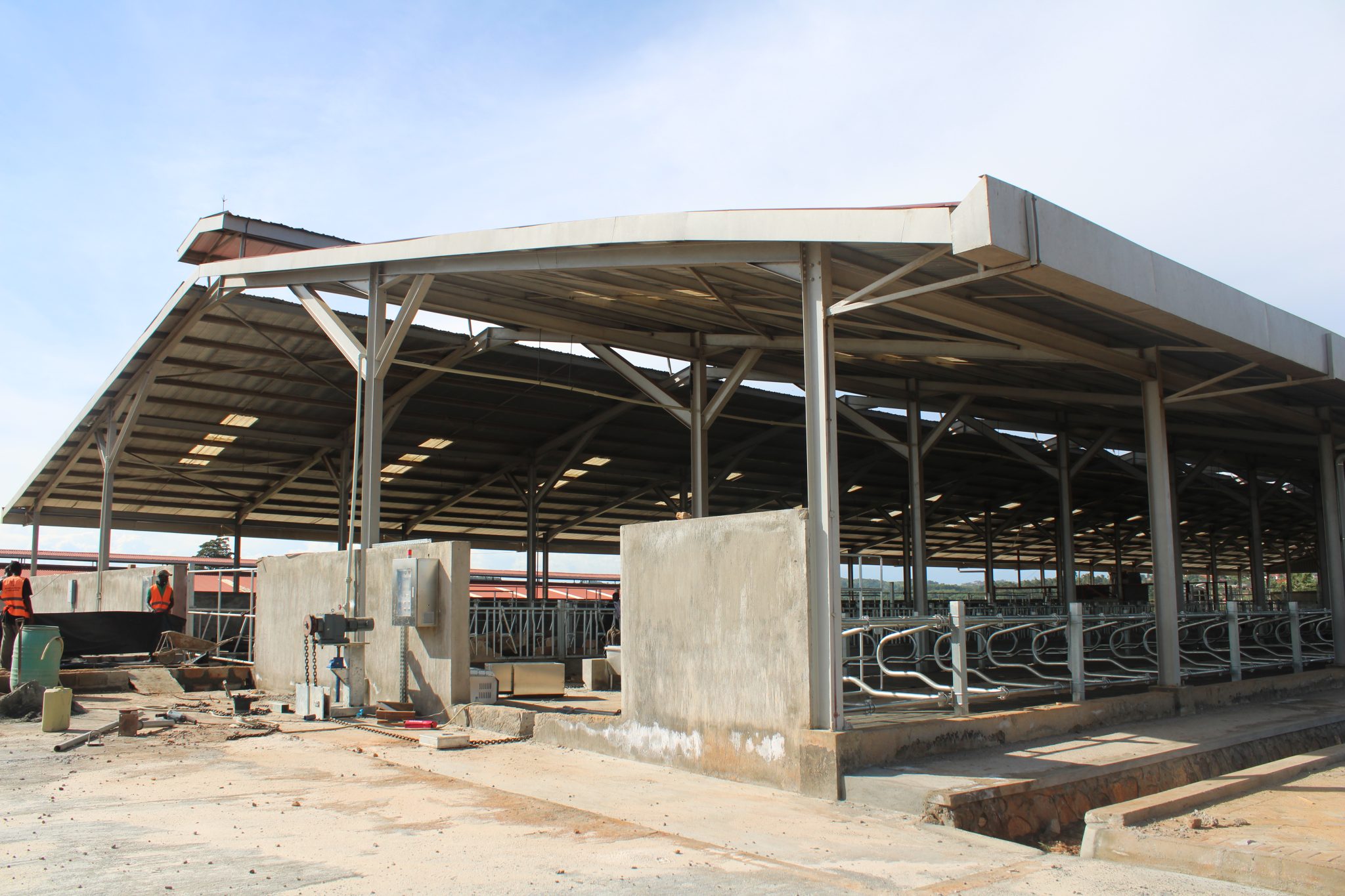NaLIRRI is on the verge of unveiling a modern 500-capacity heifer and calf barn, signaling a significant upgrade in the welfare of its on-station herd. The transition from a makeshift facility to this purpose-built structure marks a pivotal advancement for the institute.
Prof. Samuel Majalija, NaLIRRI’s Director, underscores the necessity of the standalone barn for housing and managing newborns and pre-milking age groups of dairy cattle. He emphasizes, “A stand-alone heifer and calf barn was necessary to ensure better housing and management for new-born and pre-milking age-groups of dairy cattle at the Institute.”
Dr. Hussein Kato, a Veterinary Scientist and the project manager, outlines the functionality of the upcoming facility within the next two months. He explains the rationale behind integrating the heifer barn into the dairy circular system, emphasizing the evolving needs of the animals as they progress through different stages of growth and development. He states, “All cows in the lactation period at different levels … so that they can be grouped properly … in the new one as the animals grow, their space requirements, their feeding requirements keep changing and yet they must be taken through a process of social integration.”
At its current 95% completion level, the facility will serve as a rest barn for dried-off cows and accommodate animals at various stages of growth and development. Dr. Kato elaborates on the barn’s design, detailing its capacity to house suckling calves, weaned calves, growing calves, pregnant heifers, and dried-off cows.
Furthermore, Dr. Kato highlights the importance of focusing on the growing stages of dairy cows to maximize their milking potential during the lactating period. He emphasizes the need for research and studies in areas such as disease management, nutrition, welfare, and breeding to enhance the quality of embryos available to dairy farmers. The project is not only about enhancing animal welfare but also aims to generate non-tax revenue and dairy processed products. Dr. Kato notes, “The biggest benefit is that we shall be able to generate non-tax revenue and processed products. Every year, we shall be getting 150-200 heifers for sale once we attain the maximum number of milking cows for research.”

